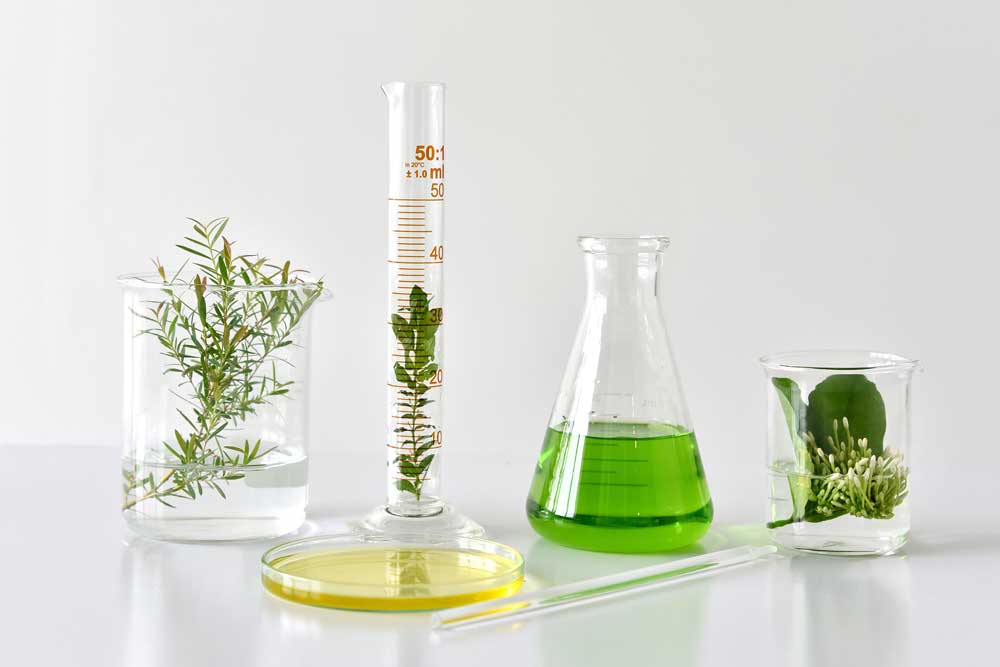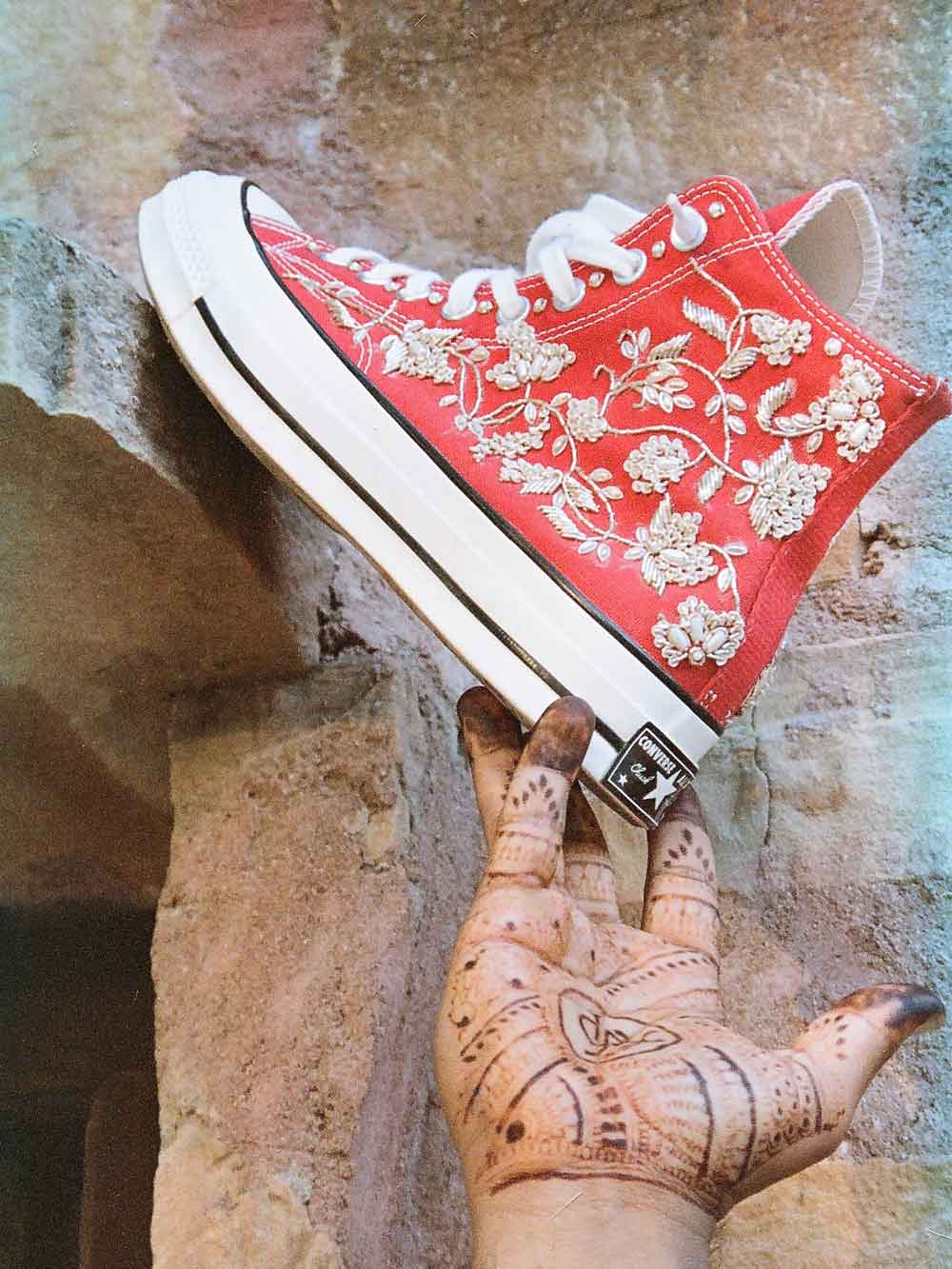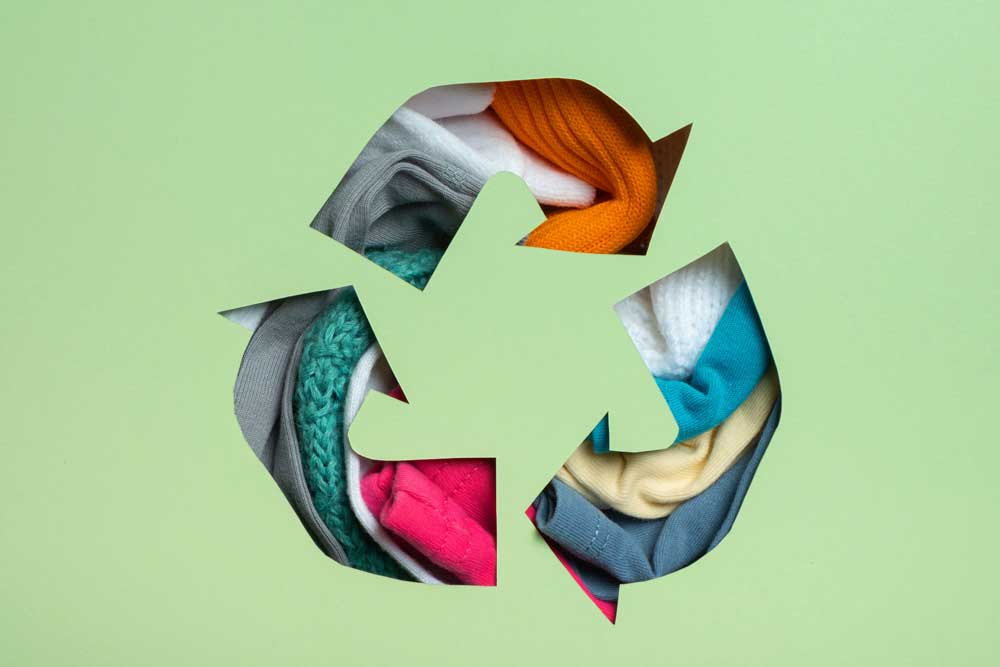May brought a fresh wave of optimism for anyone rooting for a more sustainable world. From cutting-edge skincare innovations in Indian labs to global fashion brands taking firm stances on ethics and ecology, the month was packed with meaningful progress. Here’s a look at some of the most impactful sustainability stories that deserve your attention.
India’s Skincare Innovation Goes Green

Image used for representational purposes only.
At Panjab University, a team of researchers filed patents for a revolutionary skincare delivery system- a green nanomicelle platform that could redefine how we think about eco-conscious beauty. What sets this innovation apart is that it uses no organic solvents, surfactants, or alcohol, making it safer for both the user and the environment. The system is designed to enhance the stability and effectiveness of natural bioactives in skincare and pharmaceutical products.
This innovation is already being transferred to industry players, signalling not just a lab breakthrough, but a soon-to-be commercial reality. As clean beauty continues to rise in popularity, developments like these put Indian research at the global forefront of sustainable beauty science.
Craft Meets Streetwear in Converse x Kartik Research

Image Source: Instsgram/kartikresearch
Global sneaker giant Converse teamed up with Delhi-based design label Kartik Research to launch a capsule collection rooted in traditional Indian craft. The collection features classic silhouettes of sneakers and apparel elevated with hand embroidery, kantha stitches, natural indigo dyeing, and woodblock printing- all techniques that draw from Kartik Research’s commitment to community-based craftsmanship.
Beyond aesthetics, the collaboration brings visibility to Indian textile legacies in a format rarely explored by global streetwear brands. It reimagines what sustainable fashion looks like when heritage and innovation walk side by side- and importantly, when artisans are not just suppliers but co-creators of the story.
Low-Methane, High-Yield Rice Paddies Offer Climate-Smart Farming Solution

Image used for representational purposes only.
Rice might be a comfort food across cultures, but growing it comes at an environmental cost. The flooded paddies that make rice cultivation possible are also ideal breeding grounds for methane-producing microbes, making rice one of agriculture’s biggest contributors to methane emissions, a greenhouse gas far more potent than carbon dioxide.
But a breakthrough innovation may be about to change that. Scientists from the Swedish University of Agricultural Sciences and China’s Hunan Agricultural University have developed a new rice variety that reduces methane emissions by an impressive 70 per cent without sacrificing crop yields. In fact, the new strain produces nearly twice the global average yield at 8.96 tons per hectare.
How does it work? The researchers found that this new rice secretes less fumarate (a compound that feeds methane-producing microbes) and more ethanol, which inhibits them. This shift in root chemistry means less methane is released into the atmosphere while the rice continues to thrive.
This marks a major stride in climate-smart agriculture. If adopted widely, low-methane rice paddies could offer a viable path to reducing global agricultural emissions, while continuing to feed more than half the world.
Adidas Ditches Kangaroo Leather for Good

Image used for representational purposes only.
In a long-overdue move, Adidas announced the end of its use of kangaroo leather in football boots. The brand has now launched its first cruelty-free football boot, the F50 Elite, which features an animal-free upper made from technical synthetics designed to match the performance of leather.
Kangaroo leather has long faced backlash from animal rights activists and ethical consumers, especially in the athletic wear segment. Adidas’ decision marks a significant pivot in the industry, where performance-based products are often seen as incompatible with cruelty-free standards. The shift could set a precedent, encouraging other major sportswear companies to re-evaluate their materials and manufacturing ethics.
A New Breakthrough in Textile Recycling

Image used for representational purposes only.
What happens to that old cotton-polyester tee you dropped off in a donation bin? Chances are, it’s headed for a landfill or incinerator- not because no one wants it, but because our current systems can’t recycle it. Blended fabrics, especially polyester-cotton mixes, have long been the Achilles' heel of textile recycling. But a new method developed by researchers at the University of Amsterdam could be the solution fashion has been waiting for.
In collaboration with sustainable chemistry company Avantium, scientists have created a large-scale fabric recycling process that finally cracks the code: it fully separates polyester and cotton from blended textiles, allowing both fibres to be recovered and reused. Unlike existing recycling techniques that are either cost-prohibitive or result in the loss of one material, this method is relatively simple and scalable.
The process involves soaking the blended fabric in a 43 per cent hydrochloric acid solution for one to four days while stirring. The acid dissolves the polyester into its chemical components while leaving the cotton intact. The polyester can then be reformed into new plastic, and the cotton, now separated, can be recycled into new yarn.
Considering over 113 million tons of textiles are produced annually, with less than 1 per cent recycled into new garments, the impact of this breakthrough could be enormous.